Affiliate links on Android Authority may earn us a commission. Learn more.
Samsung Galaxy S10 hands-on: Samsung's latest flagships set a new bar
Published onFebruary 20, 2019
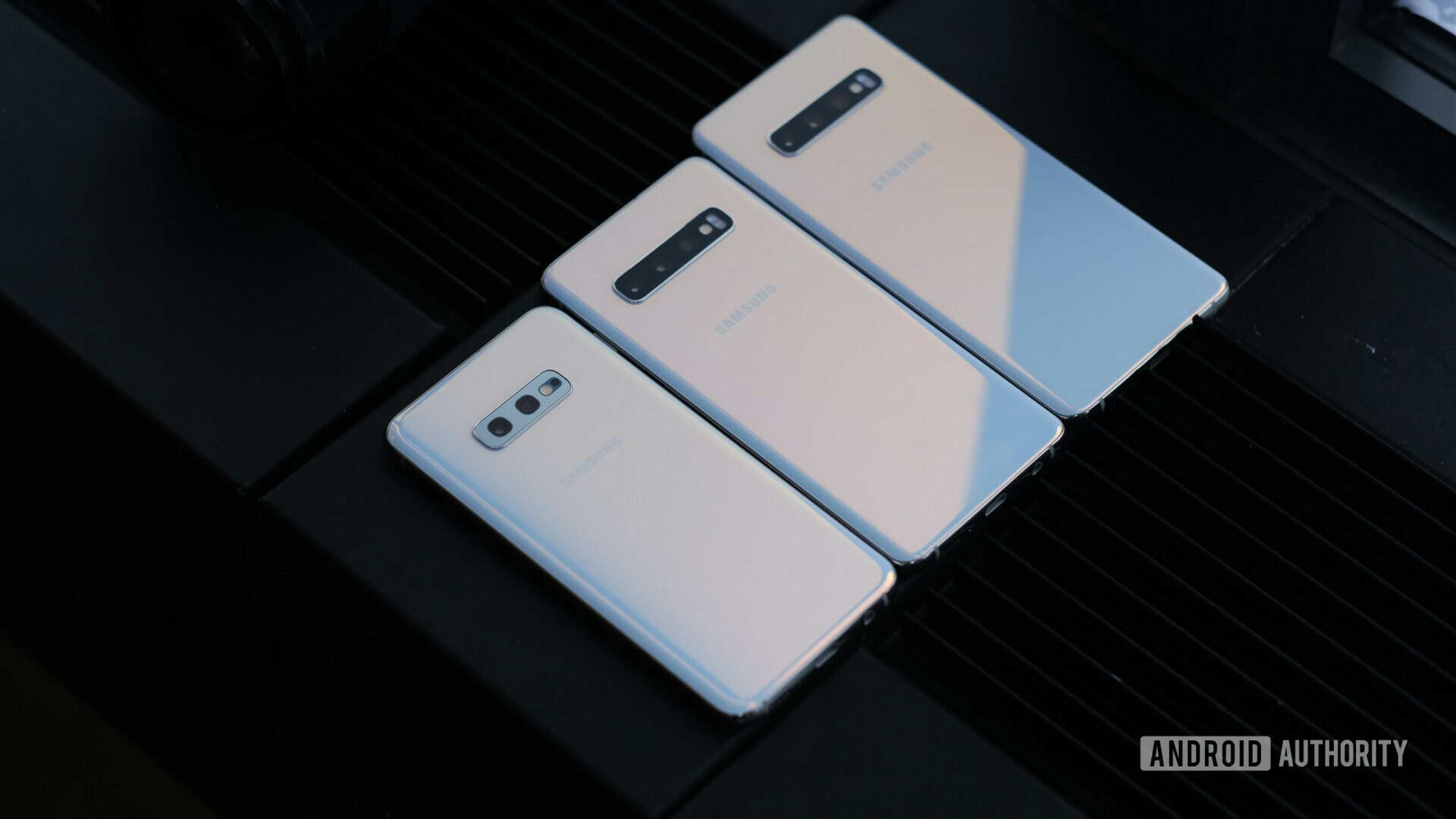
Update: September 26, 2019 – You can now get a $100 instant rebate off the Samsung Galaxy S10e, the S10 and the S10 Plus on Samsung.com for a limited time.
Samsung announced four new Galaxy S phones at its Unpacked event, marking the tenth anniversary of its flagship Galaxy line of devices. The Galaxy S10e, S10, S10 Plus, and S10 5G are chock-full of features, redefining to a small degree what a premiere device should be.
After recycling its design last year in the S9, Samsung thankfully updated the Galaxy S10 line’s appearance for 2019 — even if just a smidge. All four phones are still made from metal and glass, but introduce a somewhat new shape for the metal frame and glass panels. Samsung also revised the color selection a bit so more people can find the right match. More importantly, Samsung updated all the internals to offer the best experience possible.
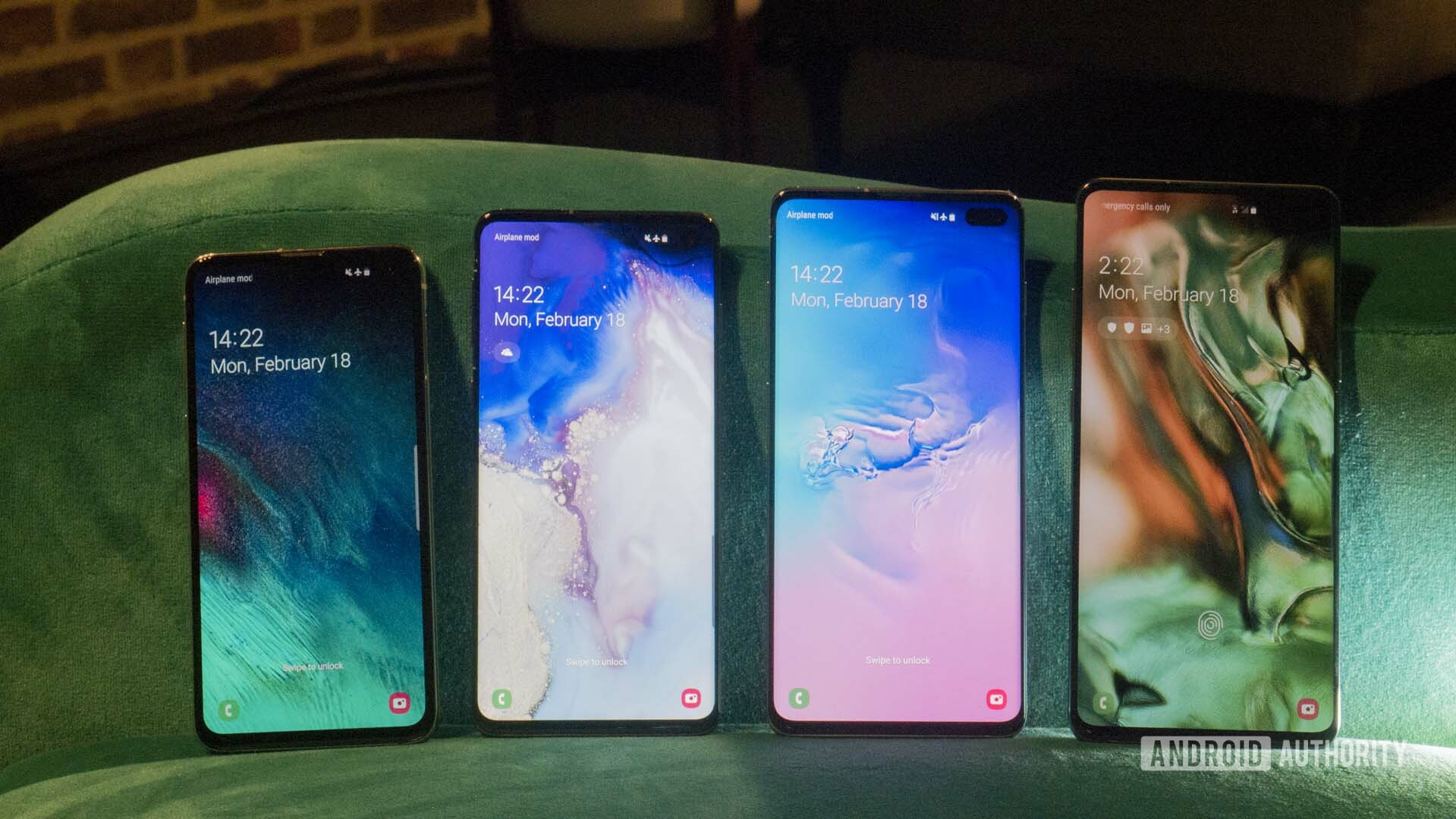
Here is Android Authority’s Samsung Galaxy S10 hands-on.
Samsung Galaxy S10 comes in four sizes
In order to expand the appeal and affordability of the Galaxy S10 series, Samsung developed four versions. The S10 and S10 Plus are the main variants and mirror what we’ve seen in the past. The only differences between the two are the size, weight, screen size, and battery capacity. Just like before, the S10 Plus also has an extra camera when compared to the S10.
The S10e is no slouch.
New this year is the S10e, a slightly smaller and slightly more affordable model. It is rather compact compared to the S10, drops the curved glass front for flat glass, and adjusts battery size and memory. However, the S10e is no slouch. It has the same rear cameras, the same processor, and the same high-speed wireless capabilities as the larger to S10 variants.
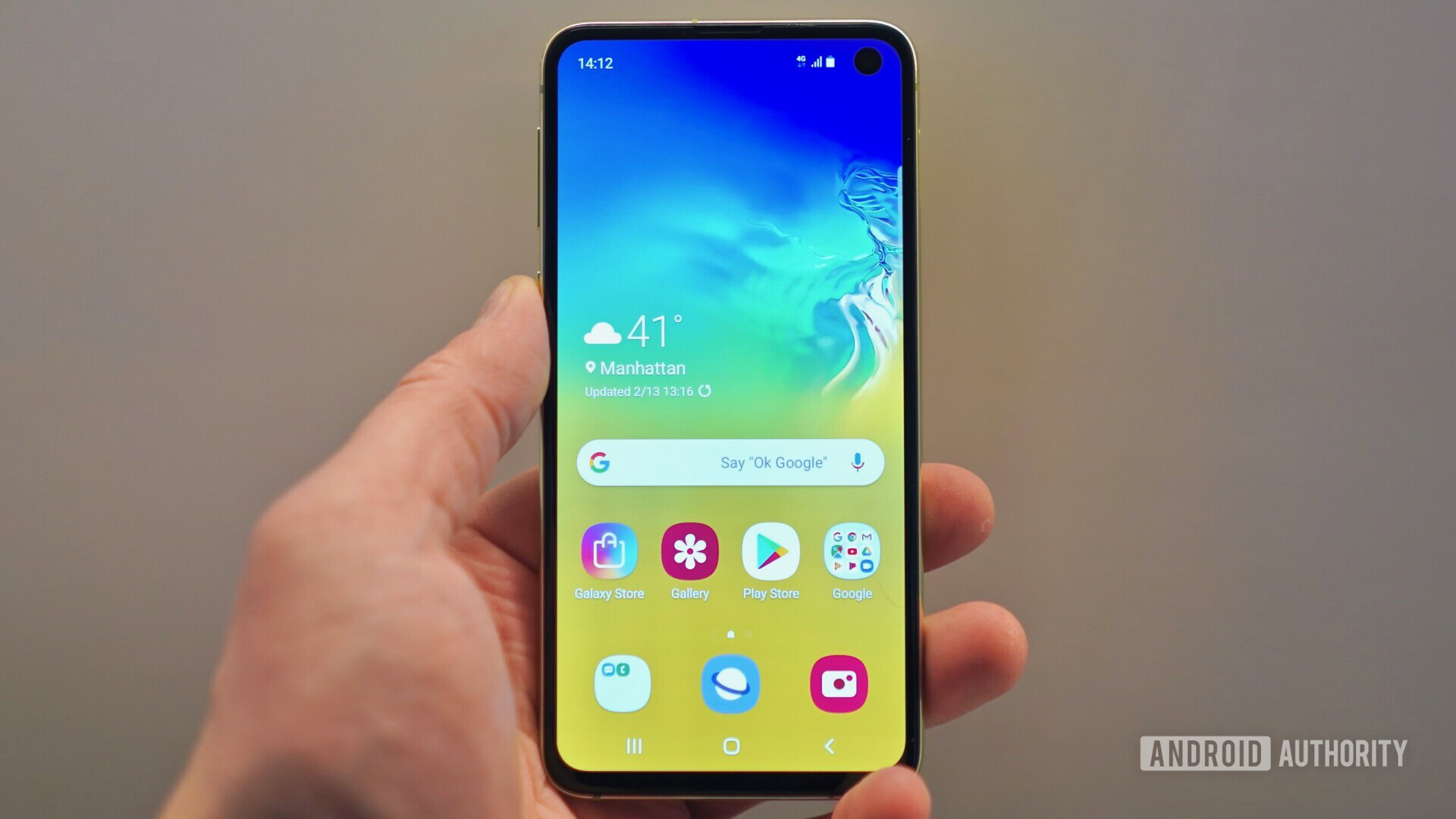
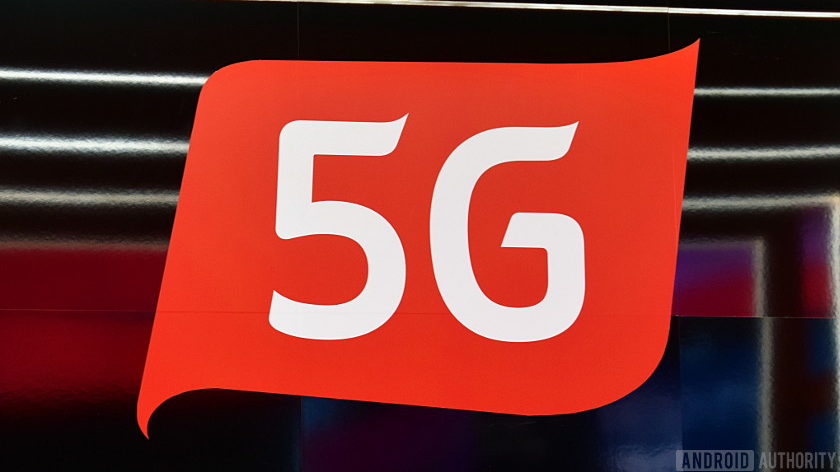
Then there’s the S10 5G. We didn’t actually get to use it, but this device is the largest of the bunch. It has a bigger screen (6.7 inches) than even the S10 Plus, and packs a bigger battery (4,500mAh) to handle the power needs of the 5G radio. Where the S10e, S10, and S10 Plus will reach store shelves in mere weeks, the S10 5G won’t launch until well into the second quarter. It’ll reach Verizon first, with AT&T, Sprint, and T-Mobile to follow later. No word on markets for the 5G variant outside of the U.S.
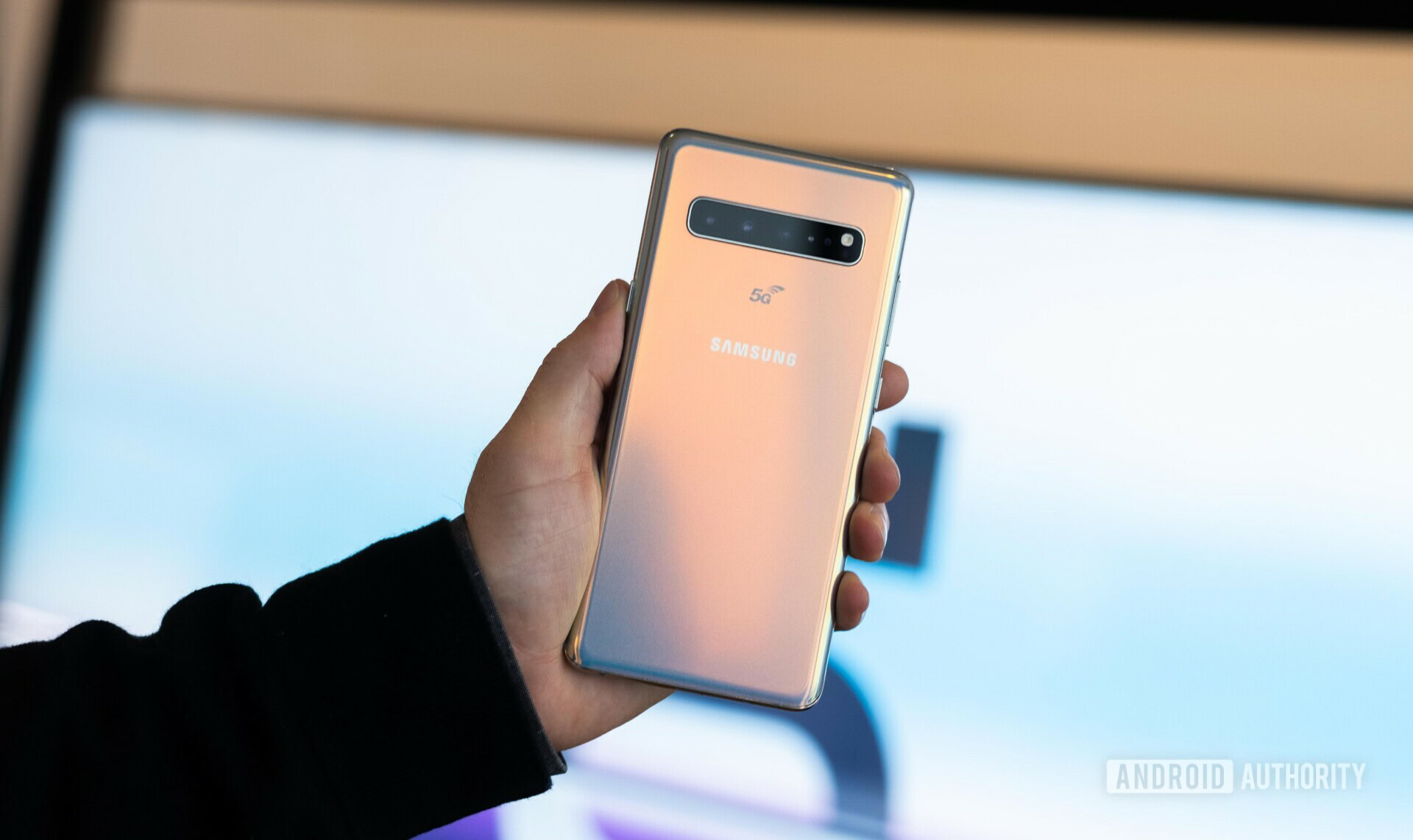
Dynamic OLED impresses
The screen is the S10 series’ primary feature. Samsung developed a new panel called Dynamic OLED with a punch-hole design for the user-facing cameras. The company says it developed a technique for slicing through the display with a laser without damaging the pixels. Samsung calls this the Infinity-O display. The punch hole design let Samsung push the screen as close to the edges as possible, resulting in a 93.1 percent screen-to-body ratio that simply dazzles. The phones have a thin chin below the screen, but the rest is nearly touching the sides.
The punch-hole display is less aggravating than a notch.
Yes, there’s a black dot in the upper-right corner of the screen, but I found it far less aggravating than a notch like the Google Pixel 3 XL has.
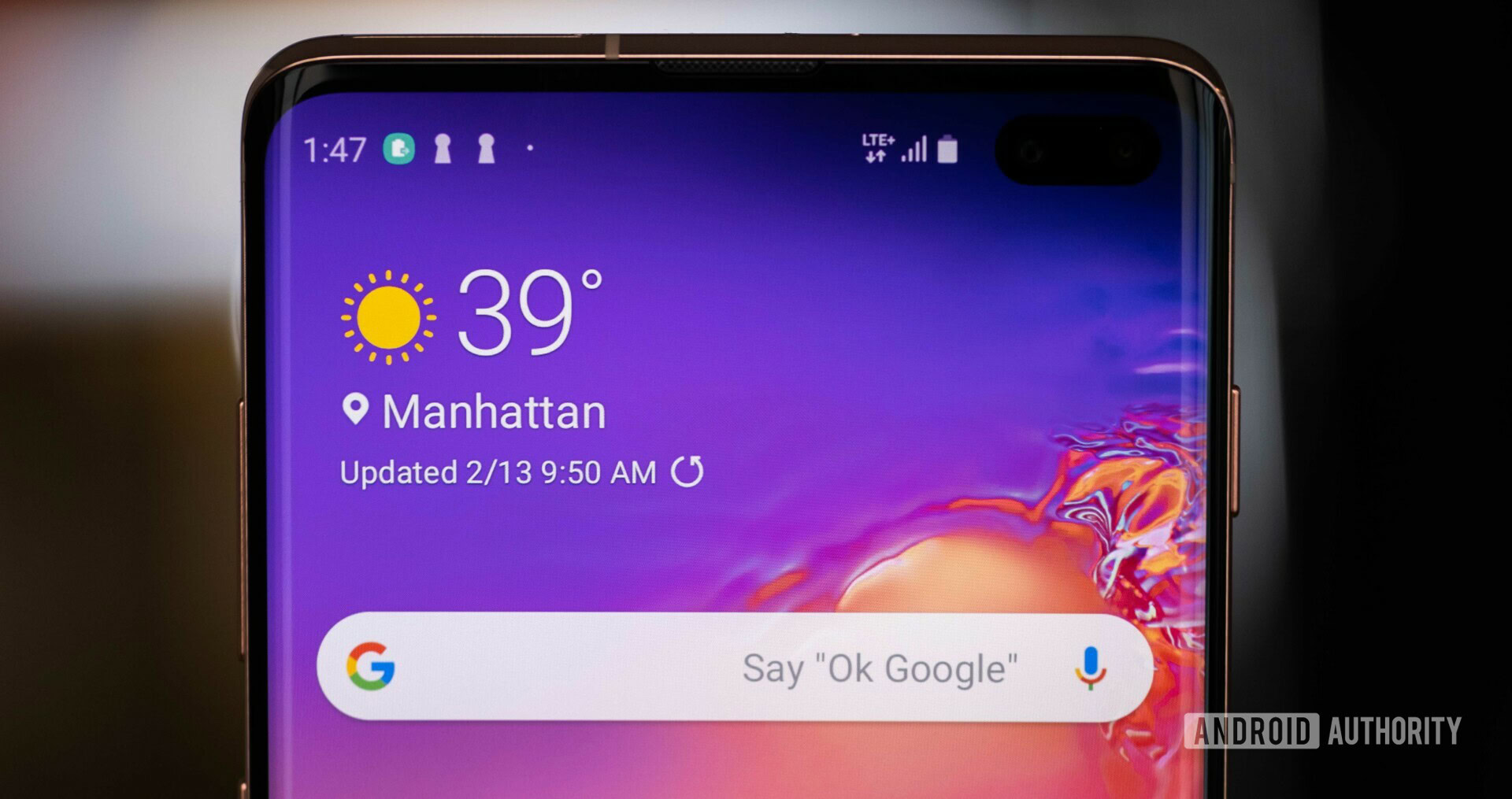
The S10e and S10 have a circular punch hole, while the S10 Plus has an oval one for the two front-facing cameras. The oval design is only slightly more noticeable than the cutout on the others. The rest of the sensors — such as the proximity sensor, which turns the display off when you hold the phone to your ear — are buried behind the screen.
Samsung’s OLEDs have always had slightly oversaturated colors. That holds true with these latest phones, though the contrast has improved by leaps and bounds. Blacks look incredibly black. Samsung provides plenty of ways to tweak the display settings so people can dial in their preferences, such as eye-strain reduction, blue light filters, color profiles, and more. Sharpness is superb on all the phones — even the smaller Full HD+ screen on the S10e. The Quad HD+ screens of the S10 and S10 Plus look amazing. Cocky as ever, Samsung said it expects its displays to be rated the best in the world.
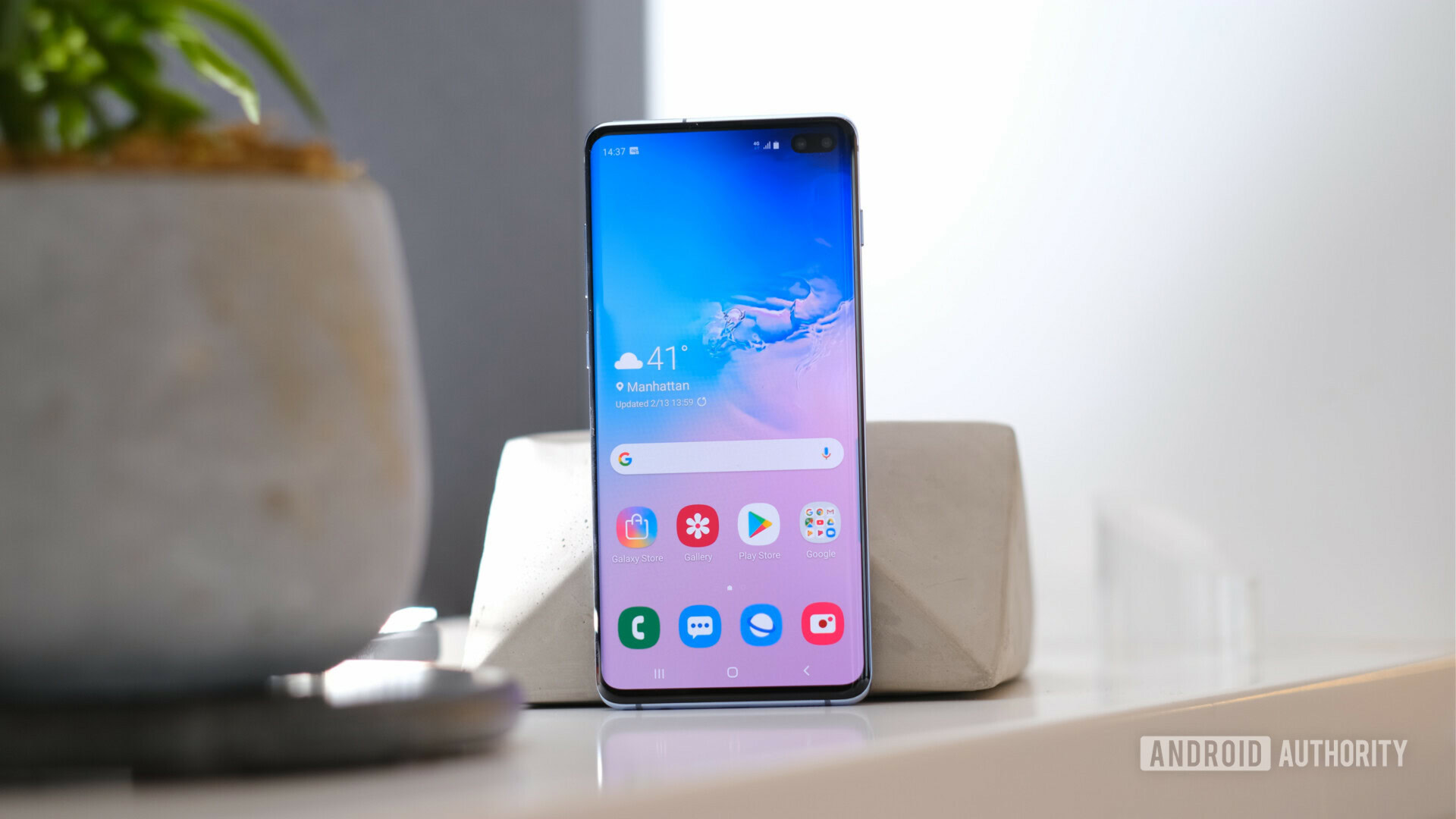
The S10, S10 Plus, and S10 5G have an ultrasonic fingerprint reader under the glass. It measures the 3D contours of your finger through the glass to identify the owner and unlock the device. Samsung showed us how easy it is to use and how quickly it can unlock the phones. The reader has no impact on the appearance of the screen, though Samsung admits some third-party screen protectors may not be compatible with the ultrasonic fingerprint reader. The fingerprint is stored locally in the secured Knox module of the phone. The phones also have a powerful facial recognition feature that uses the front-facing camera.
The screens measure 5.8, 6.1, 6.4, and 6.7 inches, respectively. I’m glad Samsung stuck with a 19:9 aspect ratio. It isn’t as extreme as 21:9, which we’re beginning to see on other flagship devices.
These are excellent screens, and will likely be lauded by the industry.
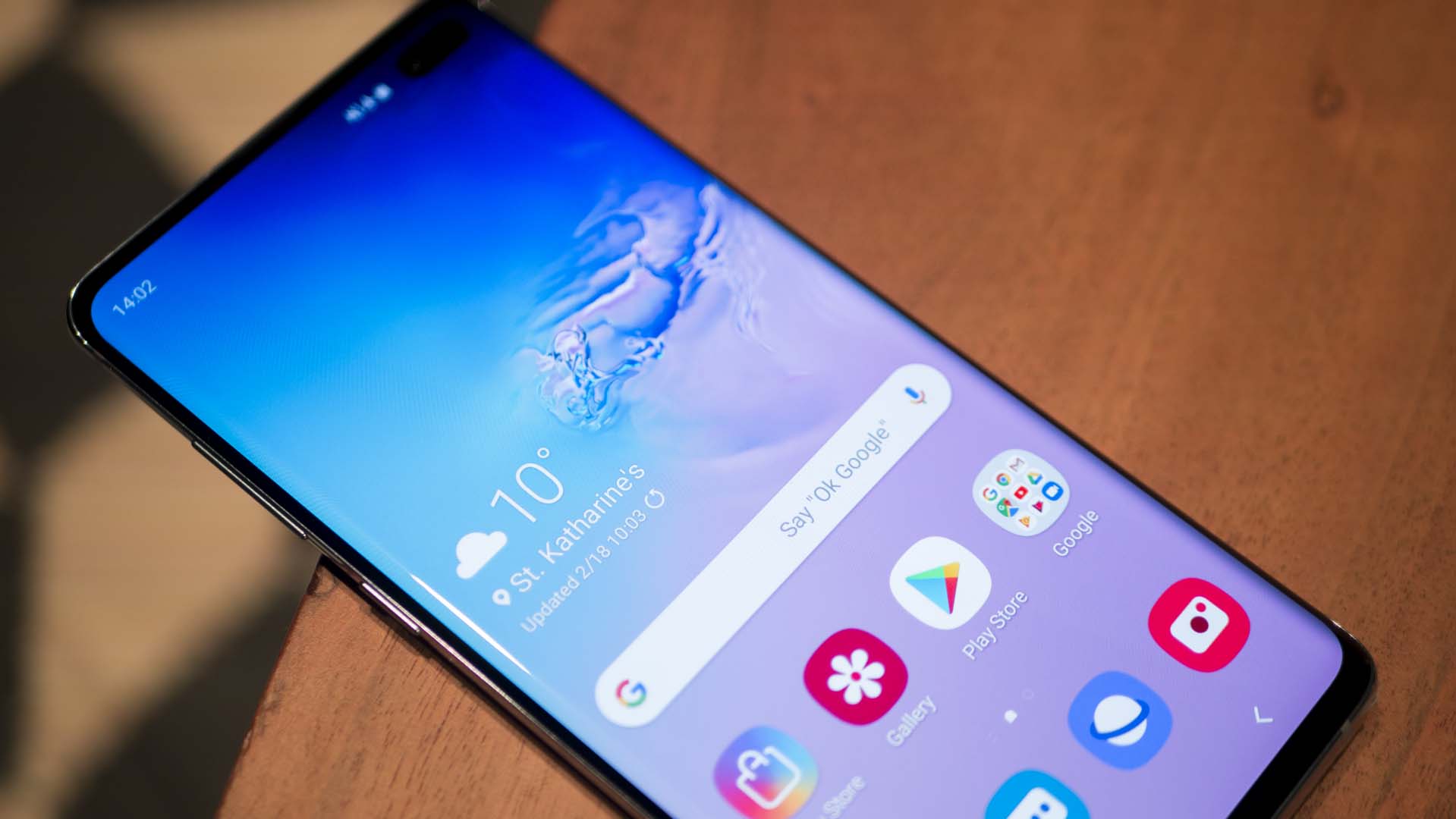
Mettle and sass
The Galaxy S8 and S9 series enjoyed precision-cut metal frames and finely sculpted glass. The S10 blunts these elements a bit. The aluminum frame feels thicker, and the glass is slightly less curved along the side edges. Samsung didn’t provide a reason for this design change. In fact, Samsung didn’t really talk about the design at all.
Unfortunately, the changes make the S10 look a bit more generic than its predecessors. The S10 is instantly likable, but also kind of forgettable. It’s hard to make modern slabs stand on their own, and Samsung has gone about as far as it can without turning the Galaxy S into a niche product. The most obvious “feature” is the hole in the display.However, the smoother shape is more comfortable. I found the phones more manageable to hold and use. Size will be relative to each person, but even the large S10 Plus didn’t feel overly huge. It’s big, yeah, but I’ve seen bigger. The Gorilla Glass 6 surfaces are slippery, but the quality makes up for it. There’s no questioning the strength of the frame. The phones also have an IP68 rating for protection against dirt and water.
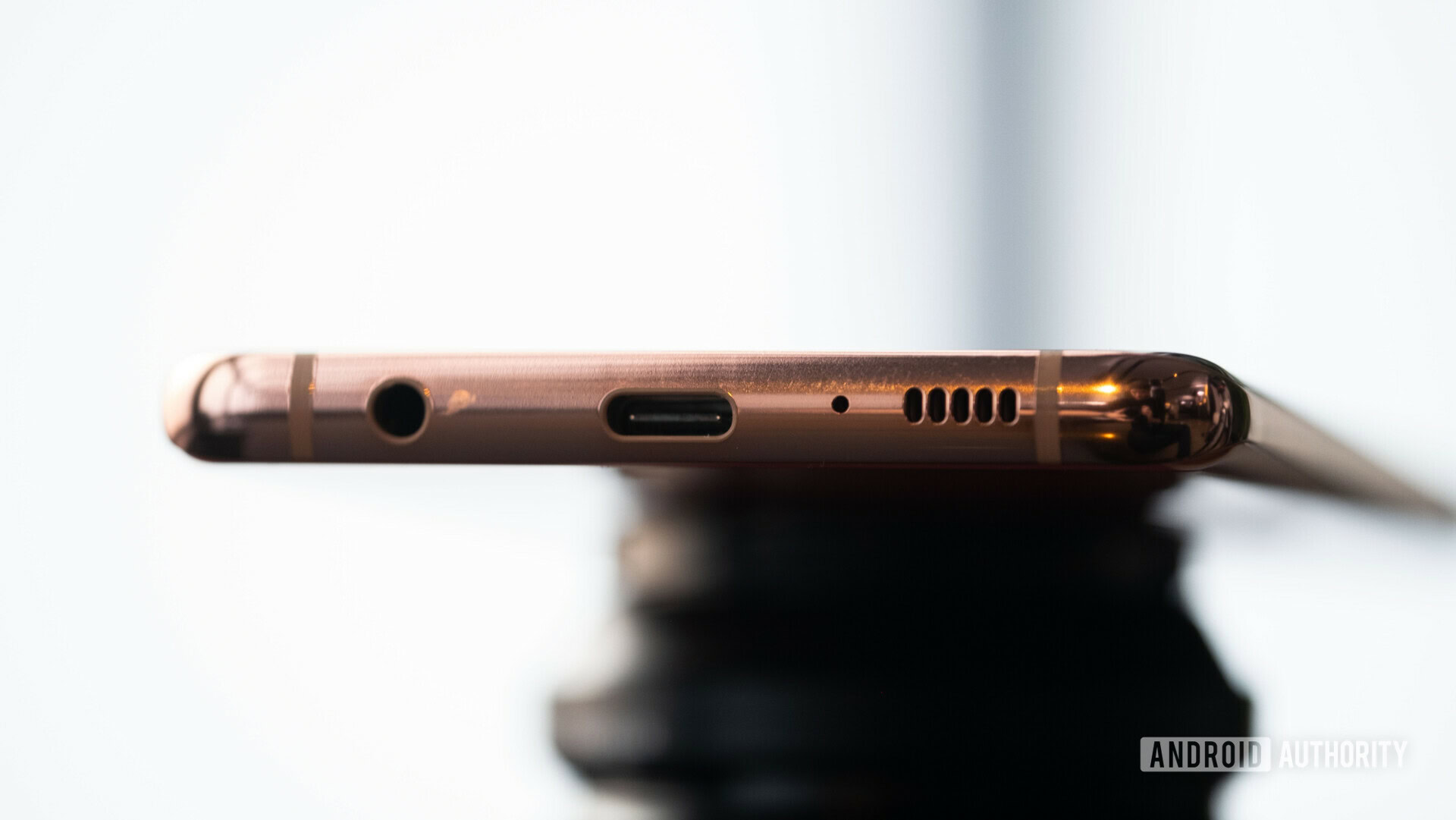
Headphones jacks are (still) included.
All three phones feature a volume toggle and dedicated Bixby button on the left edge. The buttons are located a bit far up, which makes them more difficult to find in a hurry. The buttons offer excellent response. The S10 and S10 Plus each have a power/screen button on the right edge. It, too, is located a bit higher than we’d like. The phones come with USB-C ports, 3.5mm headphone jacks, and trays for expandable memory.
The S10e is the blandest of the bunch. Save for select aspects like the hole punch camera, it looks and feels very much like an iPhone Xs. The most obvious design departure from its larger siblings is the fingerprint reader. The S10e trades the in-display ultrasonic fingerprint reader for a standard capacitive fingerprint reader on the right edge of the phone. The reader also acts as the S10e’s power button. While the S10e is smaller than its siblings, it’s not that much smaller, and it still looks like a Galaxy phone.
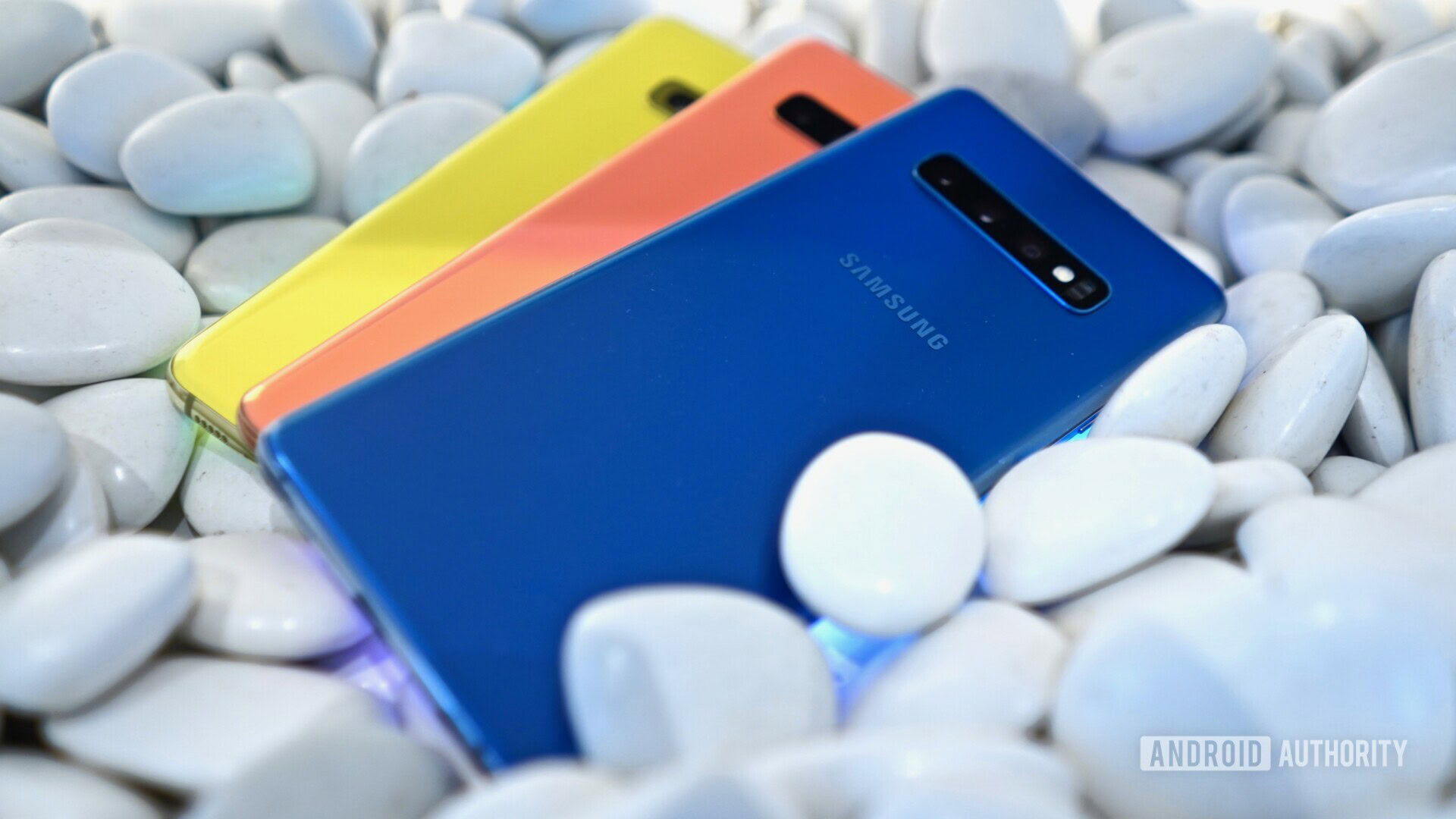
The camera module on all S10 phones is raised a bit on the rear glass. It’s a wide window I wish was flat. In addition to the camera, the module also accommodates a heart rate monitor, which you can press with your finger for a reading. The rest of the rear panel is smooth glass.
If there’s one thing we can say in our Samsung Galaxy S10 hands-on, it’s that Samsung has managed to once again deliver premiere, quality hardware that everyone will desire.
Point, point, point and shoot
You want cameras? The Galaxy S10 has cameras — lots of cameras. The S10e, S10, and S10 Plus have slightly different camera arrangements. Here are the details.
Following Huawei and LG, Samsung has finally adopted the triple-rear camera configuration for the S10 and S10 Plus. Each has an ultra-wide, wide, and telephoto lens on the rear that allows the user to select the best level of zoom for the shot they want. The ultra-wide is a 16MP camera at F/2.2 with fixed focus; the wide is a dual-pixel 12MP camera at F/1.5 and F/2.4 with autofocus; and the telephoto is a 12MP OIS camera at F/2.4. Users won’t have to fuss with selecting the different lenses as they shoot pictures. Instead, they simply zoom in or zoom out as normal and the S10 will seamlessly select the right lens for the job.
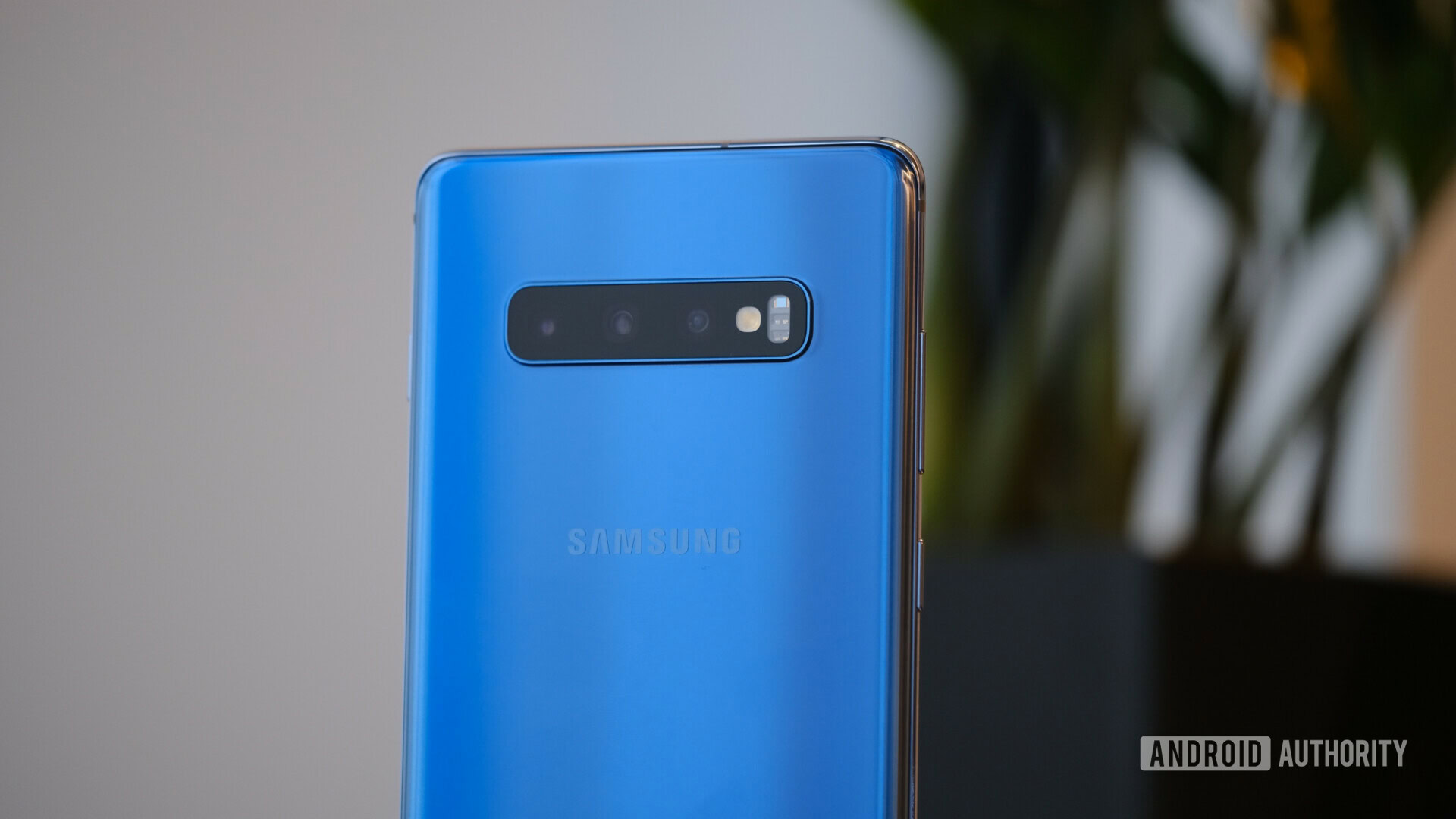
The S10e drops the telephoto lens and has a dual-camera array. This means shots will rely on digital rather than optical zoom.
The front camera for all three phones is a dual-pixel 10MP autofocus shooter at f/1.9. Only the S10 Plus adds an 8MP depth camera on the front at f/2.2. This is to support the bokeh/portrait selfie mode. Yes, the S10 Plus is the Samsung for superior selfies. Surely it’ll help you win at Instagram.
Samsung is banking on the Snapdragon 855 processor’s image signal processor and neural processing unit to optimize performance for some 30 different scenes and offer suggestions along the way. The camera can recognize hundreds of objects and will adjust as needed depending on the subject. This has become a fairly common tool on flagship phones, but the 855 takes things a generation further. Will the 855 and Samsung’s camera tech let it compete with the likes of the HUAWEI Mate 20 Pro? We’ll find out soon enough.
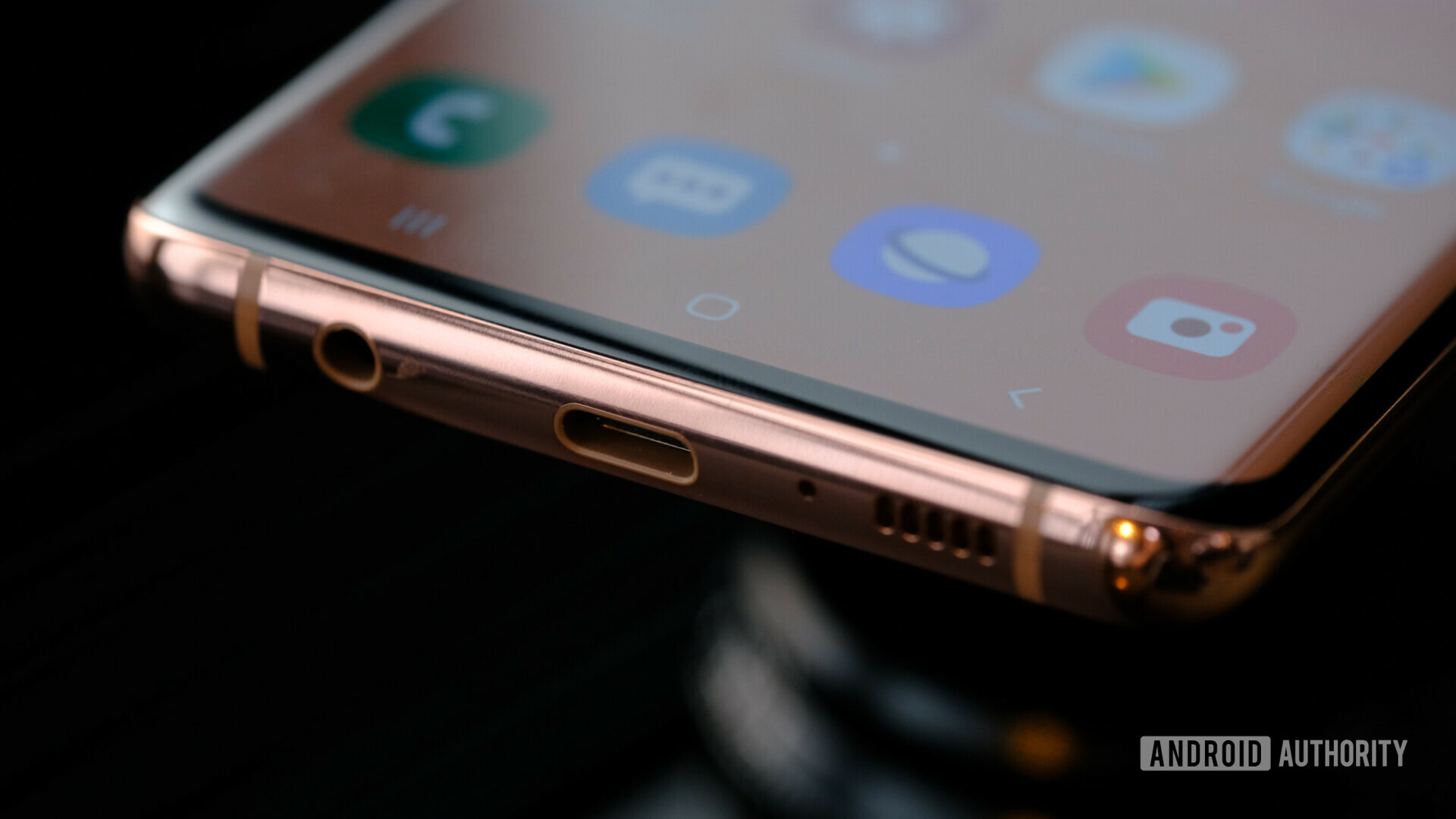
The phones can record 4K video at HDR10+.
The camera app looked clean and smooth. Samsung appears to have cut back on some of the clutter. The advanced tools are all still there, just hiding in the menus and settings. The most important modes, such as portrait and night mode, are right under your fingertips. The night mode is similar to the Google Pixel 3, taking a number of exposures and merging them for a brighter, cleaner final image. The samples they showed us were impressive, but we’ll reserve judgment for ourselves after taking the phone for a spin.
The phones can record 4K video at HDR10+. That’s the best possible resolution and color gamut available right now from a phone. The user-facing camera can also record 4K. Few phones do that. These are powers we can’t wait to test.
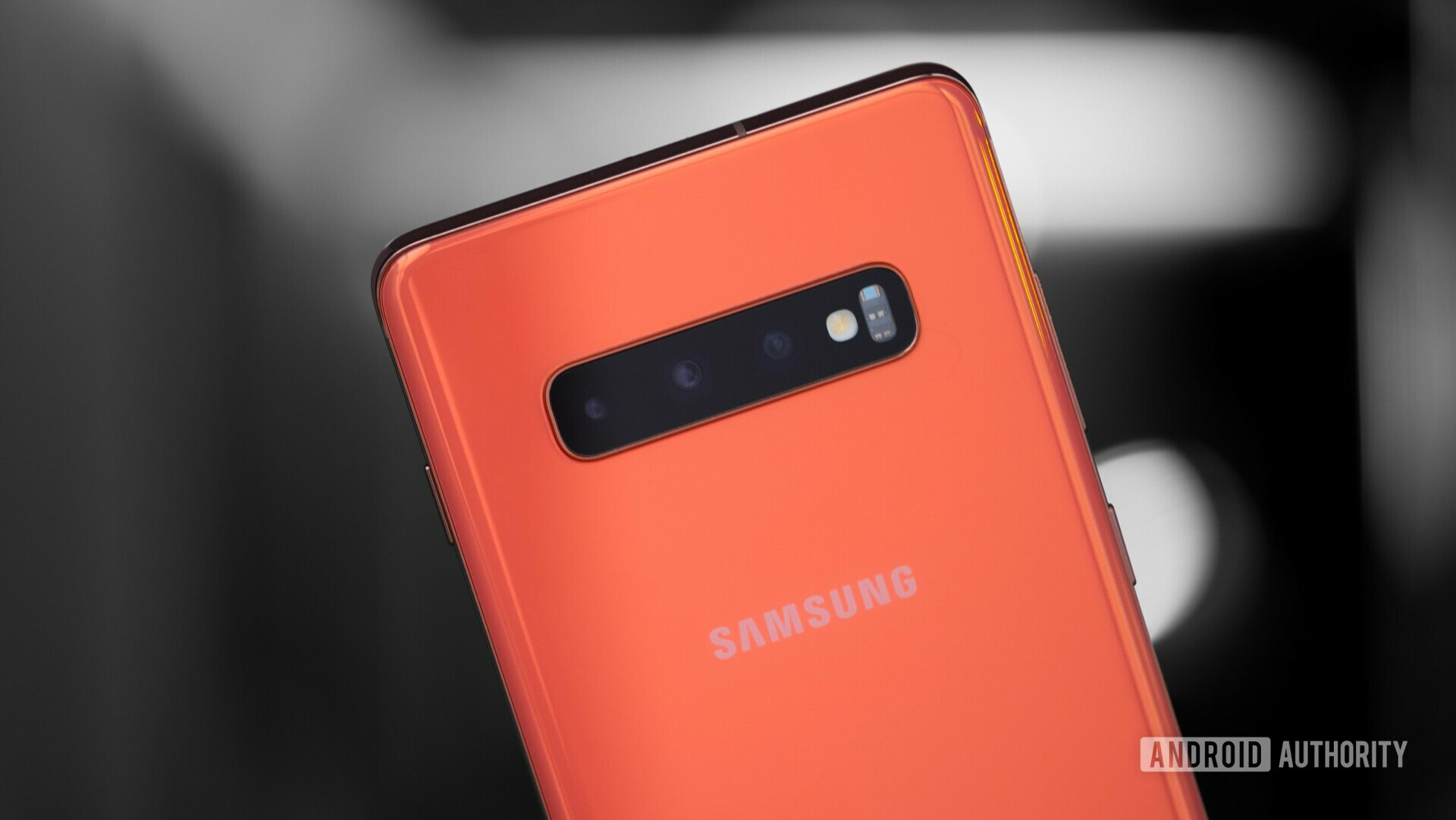
The S10 weds One UI, for better or worse
The S10 series runs Android 9 Pie and will be the first Samsung devices to actually ship with its new One UI. Samsung has been testing its refreshed user interface for the last six months and is already pushing it to older Galaxy phones as a system update.
The basic concept is to pare back the complexity of the UI, particularly in the menu structure. In this respect, Samsung is semi-successful. However, I appreciate the revised fonts and colors more than the flattened menu architecture. One UI seems cleaner and more modern, and easier to learn for those new to the Galaxy family. It’s still Samsung-y.
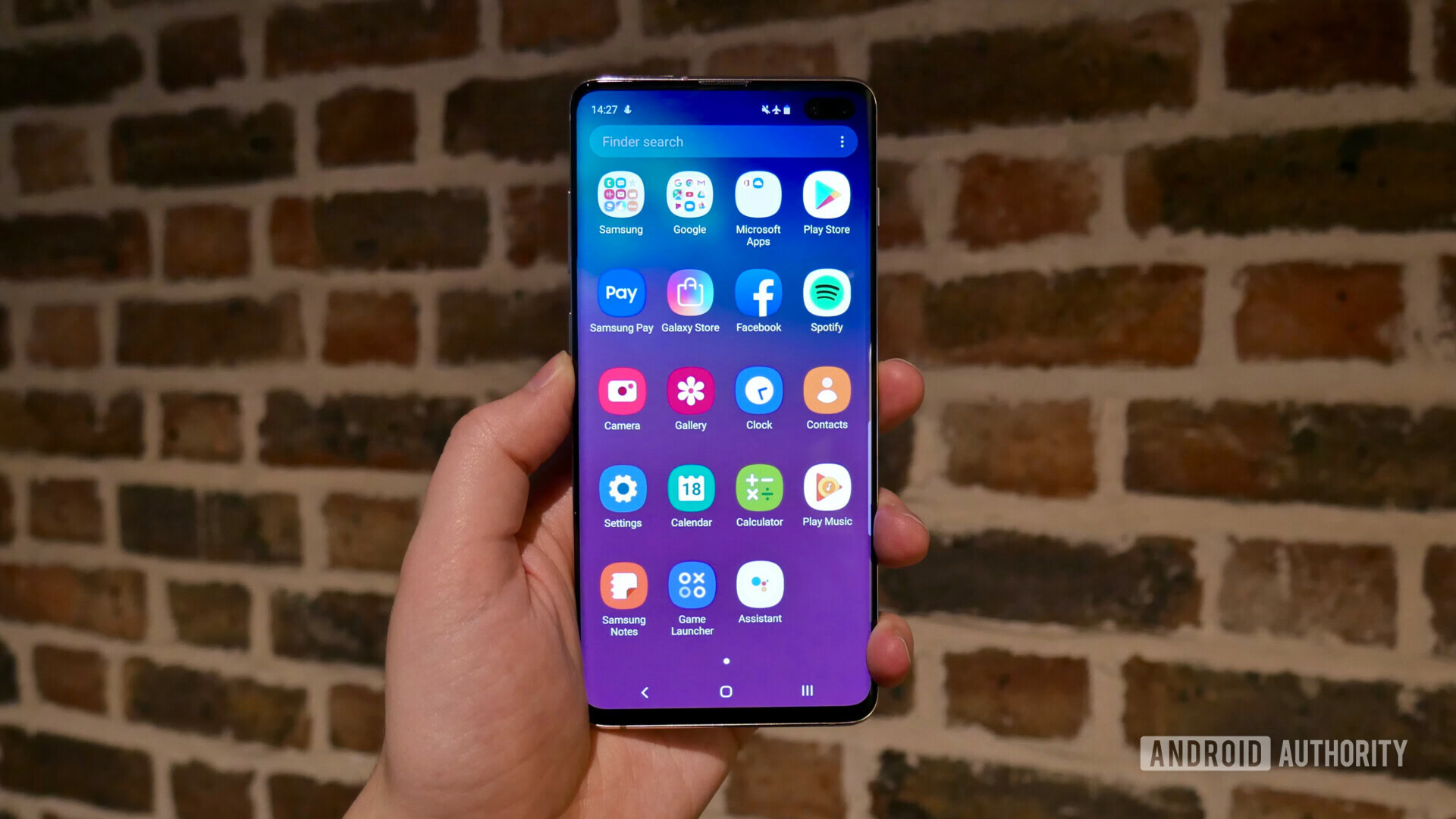
Samsung spent surprisingly little time talking about One UI. In the time we spent with the phones, we didn’t see any performance problems, but we’ll know more once we complete our full Samsung Galaxy S10 review.
Pricing and availability
Samsung’s S line has typically gone on sale in March and this year is no different, except for the previously mentioned Samsung Galaxy S10 5G. The Galaxy S10e, Galaxy S10, and Galaxy S10 Plus will be open for pre-order Feb. 21 and should reach stores March 8.
Pricing for the Galaxy S10e starts at $749. Samsung is pitching the S10e as a more affordable entry point to the Galaxy S series, but don’t call it a budget phone.
Pricing for the Galaxy S10 starts at $899 and pricing for the Galaxy S10 Plus starts at $999. We also don’t have any details on the S10 5G’s price tag just yet.
The U.K carrier Three will offer the Samsung Galaxy S10 with a number of different plans, including one with 12GB of high-speed data for £29 upfront and £53 a month for 24 months. The Galaxy S10 Plus can be bought for the same plan for £29 upfront and £57 a month for 24 months. You can also get the phone bundled with the Galaxy Watch for £29 upfront and £67 a month for 24 months.
More Galaxy S10 coverage
We have more Galaxy S10 coverage for you to check out:
- Samsung Galaxy S10 announced: Here’s everything you need to know about the new flagship series from Samsung.
- Samsung Galaxy S10 specs and features: Full Galaxy S10 specs walkthrough.
- Samsung Galaxy S10 price, availability, and release date: Everything you need to know about where to buy the Galaxy S10.
- Samsung Galaxy S10 vs the competition: Check out how the S10 fares against the HUAWEI Mate 20 Pro, Google Pixel 3 XL, and LG V40 ThinQ.